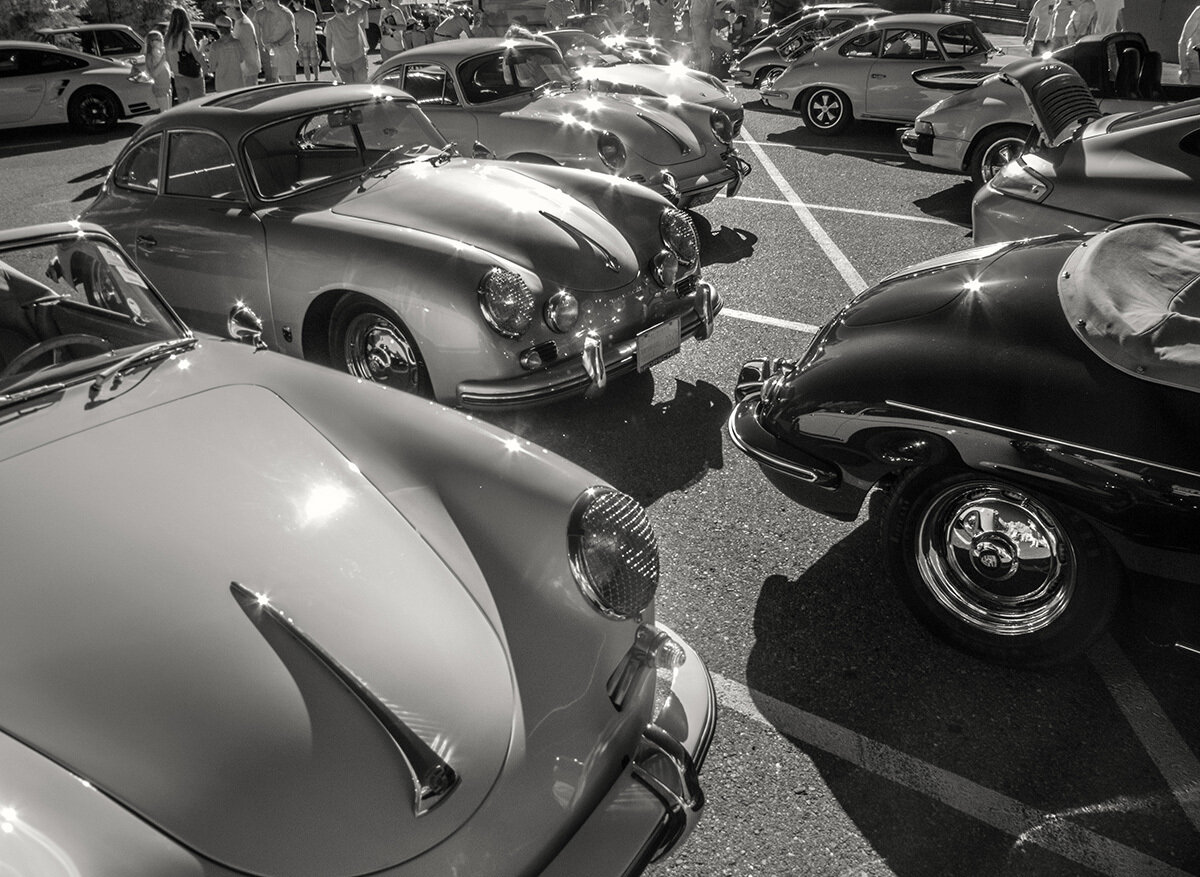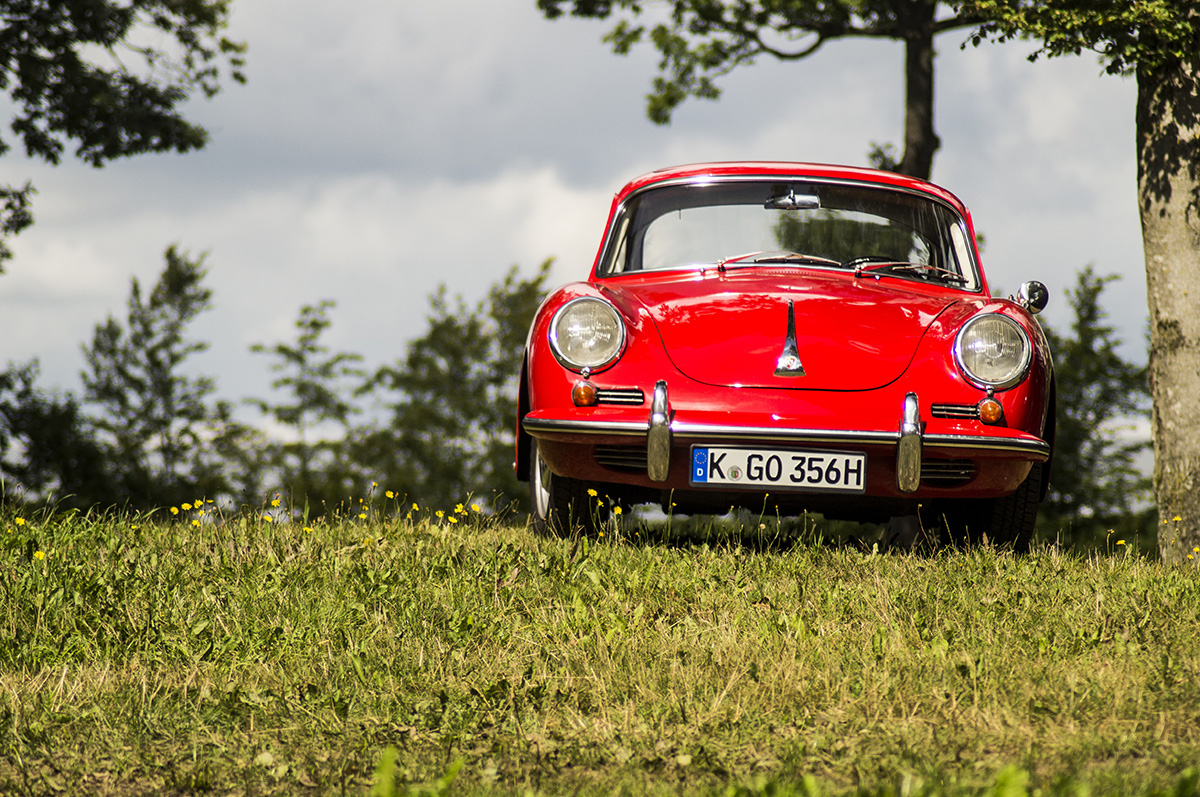
Porsche Starts Life with the 356
The 356 was the sports car that started the Porsche legacy. We look back at the history of an iconic classic car.
The 356 was Porsche’s first production automobile. And what a sports car to start with! The 356 was hand-built and lightweight, with a rear-engine and rear-wheel drive. When launched in 1948, the original price was approximately US$3,750, a fraction of the present-day value of a good-condition 356.
The 356 was originally manufactured in Gmünd, Austria by Porsche Konstruktionen GesmbH, but then production moved to the German company Dr. Ing. h. c. F. Porsche GmbH (1950–1965). Records show that 76,000 Porsche 356 sports cars were manufactured and estimations suggestion that over 33,000 are still in circulation in a range of conditions.
Many car enthusiasts notice that the design of the 356 appeared similar to the Volkswagen Beetle. Indeed, Ferry Porsche updated a concept his father Ferdinand had already imagined prior to World War II: the “people’s car,” released as the iconic Volkswagen Beetle after the war, and from which the 356 borrowed most of its mechanical features.
Indeed, it was Volkswagen who produced a 1.1-litre air-cooled flat-four engine for the Porsche 356. With a focus on being lightweight, the roadster weighed just 585 kgs. This weight to power ratio enabled the 356 to reach speeds of up to 135 km/h (83 mph). Until 1952, the 356 featured the iconic two-piece windscreen that was later replaced by a single-piece windscreen with a centre bend.
The Porsche 356 proved popular in Europe and in the US. In 1955, Max Hoffman (a US importer for Porsche) convinced Porsche to build a stripped down roadster version with minimal equipment and a cut-down windscreen. He also convinced Porsche to use the name “Continental”, which was applied mostly to cars sold in the United States. This was dropped when they were by the Ford Motor Company, the makers of the Lincoln Continental.
The Porsche 356 continued to evolve with the 356 A (T1 Type 1) being introduced in 1955. After the “Continental” and the T1 “European”, the second revision of the 356 A (Type 2 T2) came was released in early 1957.

Further improvements and styling changes resulted in the 356 B in 1959. Production started with the T5 body type and changed to a T6 body type in mid-1962. This included twin grilles on the engine compartment cover, an external fuel filler in the right front wing/fender and a larger rear window in the coupé. Later, after adding disc brakes, the name of the model changed to C and SC with a more powerful engine.
The 356 B with a “Karmann hardtop” was introduced in 1961. There were two different designs featuring T5 and T6 bodies and a hard top.
The introduction of the 911 in September 1964 marked the end for the 356. Initially production continued, finally concluding in 1965.
A Porsche 356 first appeared at the 24 Heures de Le Mans in 1951, winning their class and finishing 20th overall. In 1952, a 356 secured victory for the car’s class for a second time and pushed up to 11th overall. It was the start of an illustrious racing history for Porsche.
The Porsche 356 remains iconic and much-desired by collectors and enthusiasts. Presently, 356s sell at auction for as little as US$20,000 to well over US$100,000 for those in the best condition. The Carrera Speedster is particularly sought after, with only 140 ever built, and the price at auction has reached US$800,000. The most expensive 356 sold to date was for $1,760,000 (£1,163,630) in 2015.
CAI has developed and launched a range of gauges for the Porsche 356. This was in response to requests from owners, renovators and enthusiasts. Presently the range of gauges includes:
For further information on gauges for the Porsche 356 or any classic car, please contact us on:
Email: [email protected]
Phone: +44 (0) 1639 732200